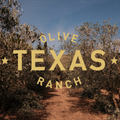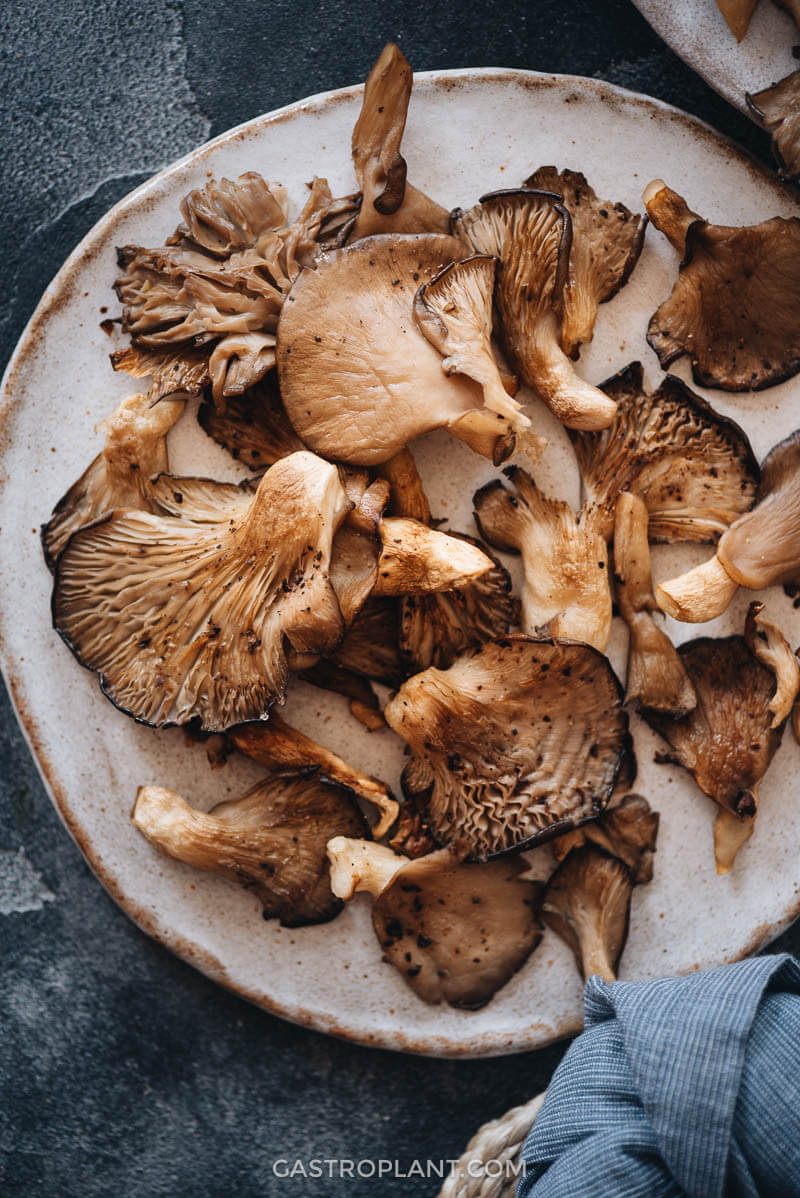How Mushrooms Can Effect Waste, Soil and Closed Loop Systems

Don’t know about you, but we think one of the most enjoyable things about Texas is sitting on the porch watching the sky. Especially if it’s time spent learning from a conversation or a good book.
We’ve been chatting with some pretty swell folks about mycelium, packaging and waste lately. About things like how oyster mushrooms sprout from some of the most incredible fungus, the omnivorous Pleurotus mycelium, offering exponential opportunity in its ability to grow from a wide variety of waste— bridging gaps when creating closed loop systems, replenishing the soil and diverting pressure from local infrastructure.

Want to learn more about what we’re researching right now for upcoming ideas? For those who are fascinated with how fungi defines our waste, can define closed loop systems, and supports soil — click the links below to buy the books and magazines (or follow the authors) we’re enjoying while we learn from experts across the field of mycology, engineering, and circular design.
We even added our favorite drinks to sip on while we're flipping through the pages, for those who like a tasty treat while they're enjoying a good read.
What We’re Reading:
‘Entangled Life’ by Merlin Sheldrake
When We’re Reading It:
Sunrise
What we’re sipping on:
Full City Rooster Coffee, Guatemalan
What We’re Reading:
THE MUSHROOM by Mycology Press
When We’re Reading It:
Sunset
What we’re sipping on:
Desert Door Sotol






